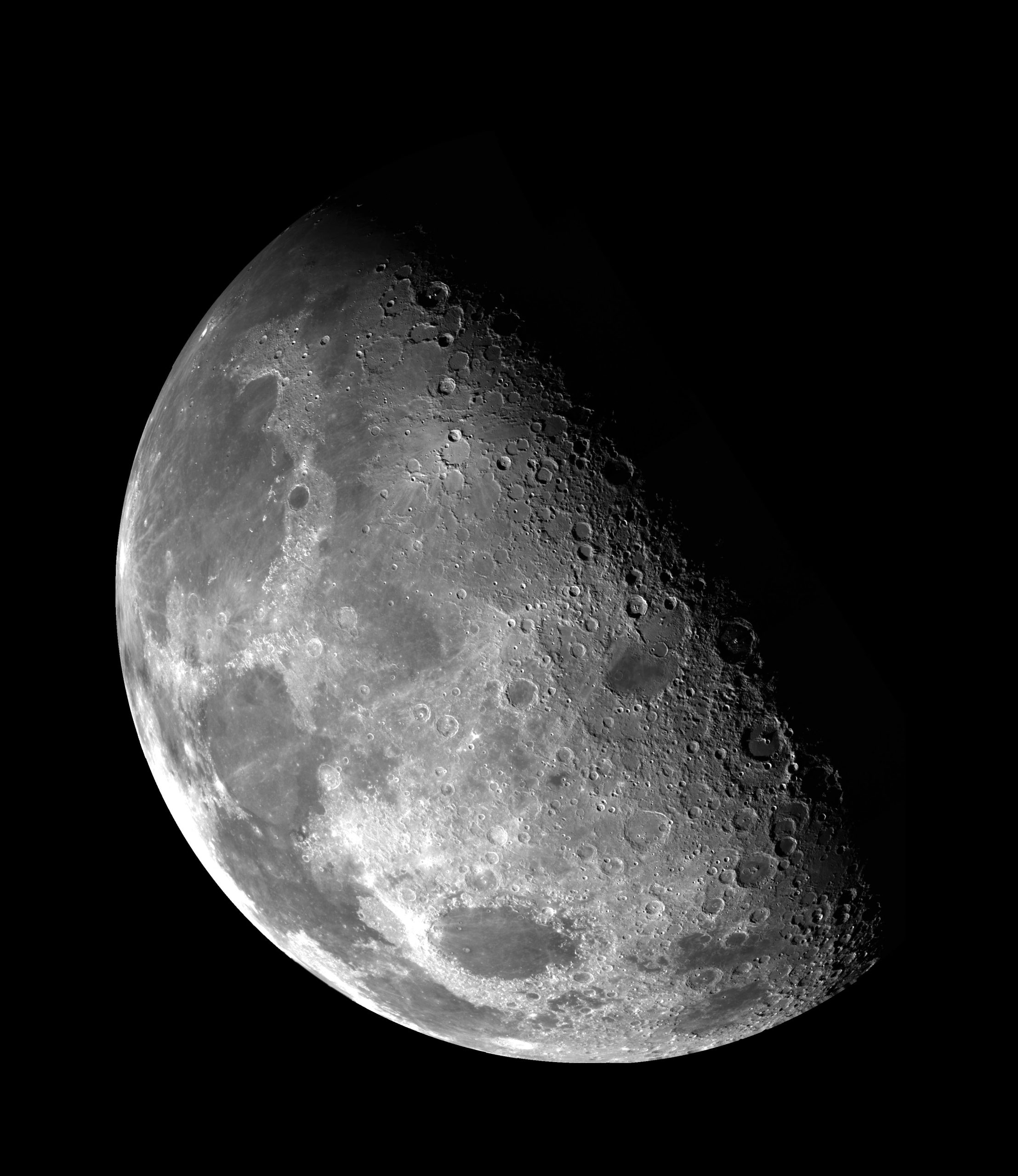Moon Phases: A Comprehensive Reading Passage
Table of Contents
- Introduction
- Understanding the Eight Moon Phases
- Why Do Moon Phases Change?
- The Influence of Moon Phases on Earth
- Ancient Myths and Beliefs
- Conclusion
Introduction
It is not uncommon to gaze up at the night sky, marveling at the ever-changing shape of the moon. From a dazzling full moon to a barely visible crescent, the moon phases fascinate and intrigue us. But have you ever wondered about the science behind these celestial wonders? In this comprehensive reading passage, we will explore the different moon phases, the factors that cause them, their effects on Earth, and the various cultural beliefs surrounding them.
Understanding the Eight Moon Phases
The moon moves in an elliptical orbit around the Earth, resulting in its different phases throughout the lunar month. In general, there are eight distinct phases: New Moon, Waxing Crescent, First Quarter, Waxing Gibbous, Full Moon, Waning Gibbous, Last Quarter, and Waning Crescent.
During the New Moon phase, the side of the moon facing Earth appears dark because it is not receiving direct sunlight. As the moon begins to move away from this position, a small sliver of light becomes visible, marking the start of the Waxing Crescent phase. The amount of illuminated moon increases each day until it reaches the First Quarter phase, where half of the moon is visible from Earth.
Continuing its orbit, the moon enters the Waxing Gibbous phase, during which most of the moon is illuminated. Eventually, the moon reaches its fullest phase, known as the Full Moon, where its entire face is visible from Earth. From there, the moon starts to wane, entering the Waning Gibbous phase, followed by the Last Quarter phase when only half of the moon is visible.
Finally, the moon enters the Waning Crescent phase, with the illuminated portion gradually shrinking until it returns to the New Moon phase, starting the cycle anew.
Why Do Moon Phases Change?
The moon’s phases change due to its relative position in relation to the Earth and the Sun. The moon doesn’t emit light on its own; it merely reflects the sunlight. As it orbits the Earth, different portions of the moon become illuminated by the Sun, causing the observed phases.
To understand these changes better, imagine a straight line between the Earth, Moon, and Sun, with the Earth in the middle. When the moon is on the same side as the Sun, we experience a New Moon because the illuminated portion faces away from Earth. Conversely, during Full Moon, the moon and the Sun are on opposite sides of the Earth, causing the moon to appear fully illuminated.
The Waxing Crescent to Waxing Gibbous phases occur as the moon moves from New Moon to Full Moon, while the Waning Gibbous to Waning Crescent phases take place from Full Moon to New Moon. The varying angles at which sunlight reaches the moon during its orbit create the range of moon phases we observe.
The Influence of Moon Phases on Earth
Moon phases have a significant impact on Earth’s tides. The gravitational force between the Earth and the moon creates tidal bulges on opposite sides of our planet. During the Full Moon and New Moon phases, when the Sun, Moon, and Earth align, the combined gravitational attraction of the Sun and Moon leads to higher high tides, known as spring tides.
Conversely, during the First Quarter and Last Quarter phases, when the moon and the Sun form a right angle, the gravitational forces partially cancel each other out. This results in lower high tides, known as neap tides.
Moon phases also influence animal behavior, particularly among nocturnal species. Some organisms, like certain corals and marine worms, time their reproductive cycles to specific moon phases. Additionally, studies have shown that the amount of moonlight affects the navigational patterns of creatures like sea turtles and birds.
Ancient Myths and Beliefs
Moon phases have captivated humanity for centuries and have been the subject of many myths and cultural beliefs. Ancient civilizations often associated the moon with various deities and believed that its phases influenced human emotions, behavior, and fertility.
In Greek mythology, for example, Artemis, the goddess of the moon, was said to be responsible for the moon’s changes. The phases were linked to her different moods, ranging from the nurturing motherly crescent to the fierce and independent full moon.
Different cultures also used the moon phases as a guide for religious and agricultural purposes. The Islamic calendar, for instance, is lunar-based, with months beginning at the sighting of a new crescent moon. Similarly, many traditional farming practices were guided by moon phases, with farmers sowing and harvesting crops according to the lunar cycle.
Conclusion
The moon phases remain a captivating natural phenomenon that has influenced both scientific understanding and cultural beliefs throughout history. Understanding the eight moon phases and the factors that cause them allows us to appreciate the beauty and significance of our nearest celestial neighbor. From tidal influences to ancient myths, the moon’s phases continue to shape our world in more ways than we often realize. So, the next time you gaze up at a crescent moon or a full moon, remember the fascinating science and stories that lie behind its ever-changing face.
Remember to keep exploring the wonders of the moon and the universe beyond!
Sources:
– Space.com: Moon Phases
Table of Contents
